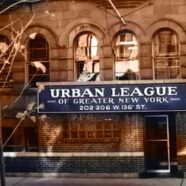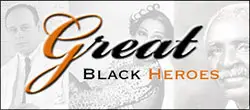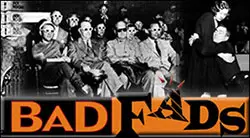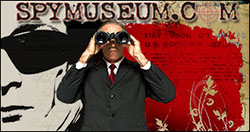National Urban League Established
Honoring Black History on March 26: Unforgettable Moments and Influential Figures
Black history is filled with the stories of brave individuals who have made indelible marks on our world. March 26 is a day that has seen a number of important events and influential figures make their mark in Black history. This article will explore some of these notable moments and the people who made them possible.
The Establishment of the National Urban League (1910)
On March 26, 1910, the National Urban League was founded in New York City. This nonpartisan civil rights organization aimed to improve the social and economic conditions of African Americans living in urban areas. Throughout its history, the National Urban League has been instrumental in advocating for educational and job opportunities, as well as promoting social and political equality.
The Birth of Augusta Savage (1892)
Born on March 26, 1892, in Green Cove Springs, Florida, Augusta Savage was a prominent African American sculptor during the Harlem Renaissance. Despite facing numerous obstacles due to her race and gender, Savage gained recognition for her talent, creating poignant sculptures that reflected the African American experience. She also mentored young artists and opened her own art school, ensuring that future generations could learn from her expertise.
The Assassination of James Reeb (1965)
On March 26, 1965, the Reverend James Reeb, a white civil rights activist, passed away after being brutally attacked in Selma, Alabama. Reeb, a Unitarian Universalist minister, had traveled to Selma to join Dr. Martin Luther King Jr. in the fight for voting rights. His tragic death garnered national attention and served as a catalyst for the passage of the Voting Rights Act later that year.
Conclusion:
These moments represent a small sample of the many significant events that have taken place in Black history on March 26. By acknowledging these unforgettable moments and the influential figures behind them, we honor the resilience, determination, and progress that have shaped our collective narrative.
Bibliography:
- Huggins, N. I. (1971). Harlem Renaissance. New York: Oxford University Press.
- Lewis, D. L. (1997). When Harlem was in vogue. New York: Penguin Books.
- Meier, A., & Rudwick, E. (1967). The National Urban League: A Documentary History. New York: Oxford University Press.
- Williams, J. (2003). Eyes on the Prize: America’s Civil Rights Years, 1954-1965. New York: Penguin Books.











